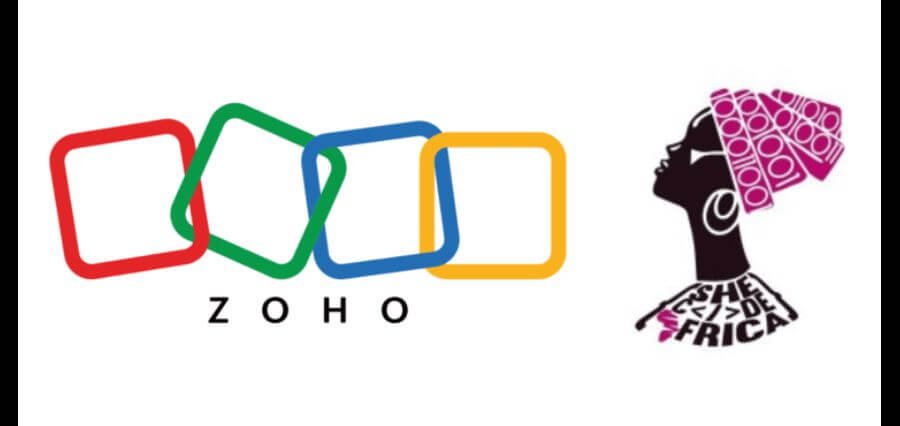AI, Blockchain, and Beyond
Supply chain has been the lifeblood of global commerce for centuries, but in recent years it has become one of the most dynamic areas of digital change. Historically defined by paper transactions, papers, and disconnected systems, supply chains are now being reshaped by a powerful mix of artificial intelligence (AI), blockchain, and other emerging technologies. Together, these technologies are driving the era of new transparency, efficiency, and resilience—the digital supply chain revolution.
The Need for Change
Supply chains in every corner of the world are facing unparalleled pressure. Geopolitics, pandemics, climate disturbances, and shifting customer demands have put the vulnerabilities of traditional systems into focus. Supply chain management is not a back-office function anymore but a competitive necessity at the center of competitiveness and expansion.
Digital disruption has a solution: smarter, more integrated supply chains that are resilient enough to deal with uncertainty. Integrating AI applications, blockchain, and other technologies in a seamless way, companies can transcend reactive trouble-shooting and become proactive data-driven decision-makers.
AI: The Intelligence Engine of Modern Supply Chains
Artificial intelligence came along as a supply chain optimization disruptor. With the ability to ride out huge volumes of data, AI can potentially enhance demand forecasting, anticipate disruption, and optimize routes in real-time. Predictive analytics allow business organizations to anticipate inventory levels ahead of time to catch up with demand spikes, eliminating shortages and excesses.
Beyond forecasting, automation through AI also renders warehouse operations rational, from smart inventory control to automated picking. Dynamic pricing and supplier risk assessment can also be done through machine learning algorithms so that businesses can make better, faster decisions.
AI does not just optimize but causes the supply chains to learn, adapt, and continually get better, erasing uncertainty into a solvable problem.
Blockchain: Transparency and Trust
While AI is the brain of the engine, blockchain is the digital supply chain trust mechanism. Supply chains have been a long-standing issue with a transparency deficit with disjointed systems and low visibility for all stakeholders. Blockchain solves the problem by offering secure, immutable records of every move and transaction of goods.
This transparency prevents fraud, counterfeiting, and controversy. For sectors such as pharmaceuticals, high-end goods, or foods and beverages, blockchain makes end-to-end tracing possible to determine authenticity and safety. Smart contracts—self-executing contracts written on blockchain—are speeding up activities such as payment, customs clearance, and compliance, with time and administrative cost savings.
By facilitating trust establishment in global networks, blockchain turns supply chains from dark systems to transparent systems rather than open, verifiable systems.
Beyond AI and Blockchain: Other Technologies
Although blockchain and AI are where the magic of the digital supply chain revolution takes place, other key technologies are at play. The Internet of Things (IoT) provides near-real-time visibility on product through networked sensors that feed back location, temperature, and condition. Cloud computing enables frictionless cooperation between global partners across silos, with data sharing.
At the same time, 5G connectivity adds pace and dependability to facilitate real-time decision-making at scale. Even augmented reality is employed, ranging from training warehouse staff to leading complex assembly operations. Overall, such technologies as a group bring digitization of supply chains together into cohesive systems that are more intelligent, quicker, and more resilient.
Building Resilient and Sustainable Supply Chains
Convergence is not only a matter of efficiency but also of resilience and sustainability. In global-level shocks, digitally enabled supply chains can react faster, diverting shipments, finding substitute suppliers, and ensuring services continuity.
On top of that. These technologies propel sustainability goals through waste reduction, enhanced resource productivity, and facilitating environmental compliance. Carbon emissions can be minimized through AI-optimized supply logistics, while blockchain ensures the guarantee of ethical sourcing through certification of material origin provenance. Profitability and sustainability were. Viewed to be at odds. Now, though, they are more in harmony through digital transformation in the supply chain.
Challenges of the Digital Journey
Though promising, the demand-side revolution of the digital supply chain presents challenges. It requires massive investment in infrastructure, human resource, and change management to drive advanced technology. Data security poses a massive challenge, particularly with increasing data being carried across the networks.
Cultural resistance comes with its own barriers too. Firms need to change mindsets, away from isolated work and towards open, technologically powered ecosystems. CEOs have to realize that digital transformation is not a technological hop but a complete overhaul of processes, relationships, and strategies.
The Road Ahead
The future supply chains are convergence—AI, blockchain, IoT, and other technologies converging to create smart, transparent, and sustainable intelligent ecosystems. Convergence will transform world trade so that companies can anticipate disruptions, build trust among stakeholders, and meet growing customer demands for speed, transparency, and accountability.
The revolution of the digital supply chain is not a conversation for tomorrow; it is a reality for today. Those who adapt will not only weather the turbulence era but prosper by making disruption an opportunity.
Conclusion
AI, blockchain, and all that jazz is transforming the very fabric of supply chains. A linear affair that it once was has now become networked and dynamic and one that can learn, adapt, and trust. The winners in this new arrangement are those that see digital transformation as something less of an option and more of a strategic imperative.
The revolution has already started, and their leaders will not be faulted for how resistant they are to being disrupted but for how adept they become at mastering the art of how to leverage technology to build the business of the future.





